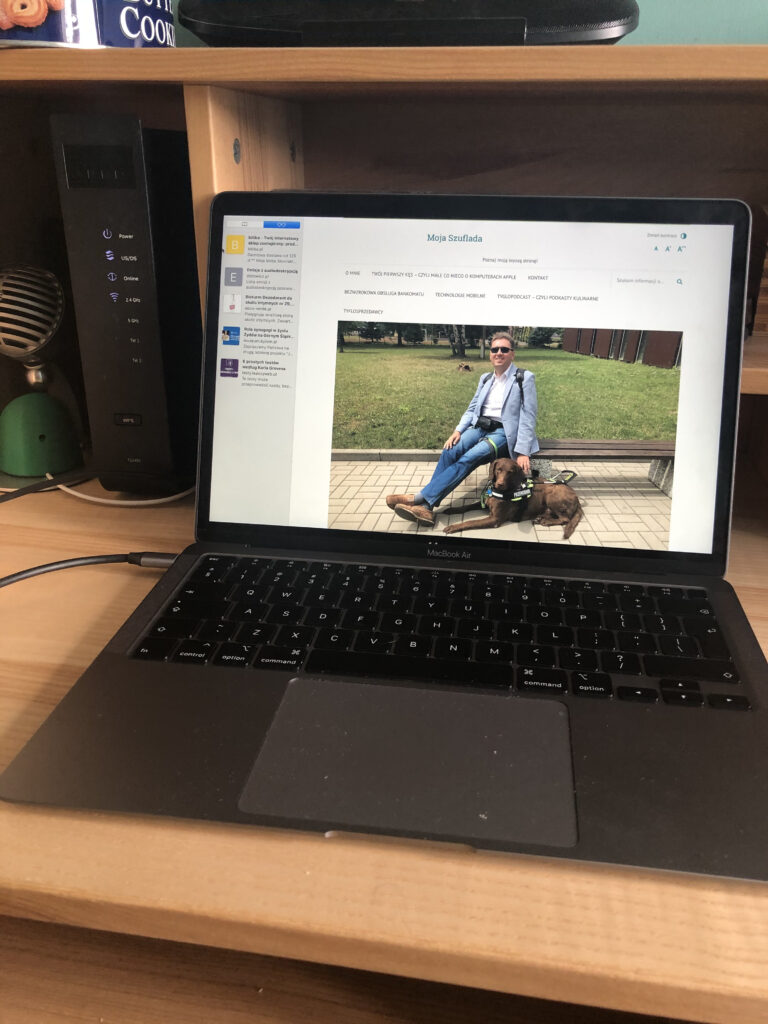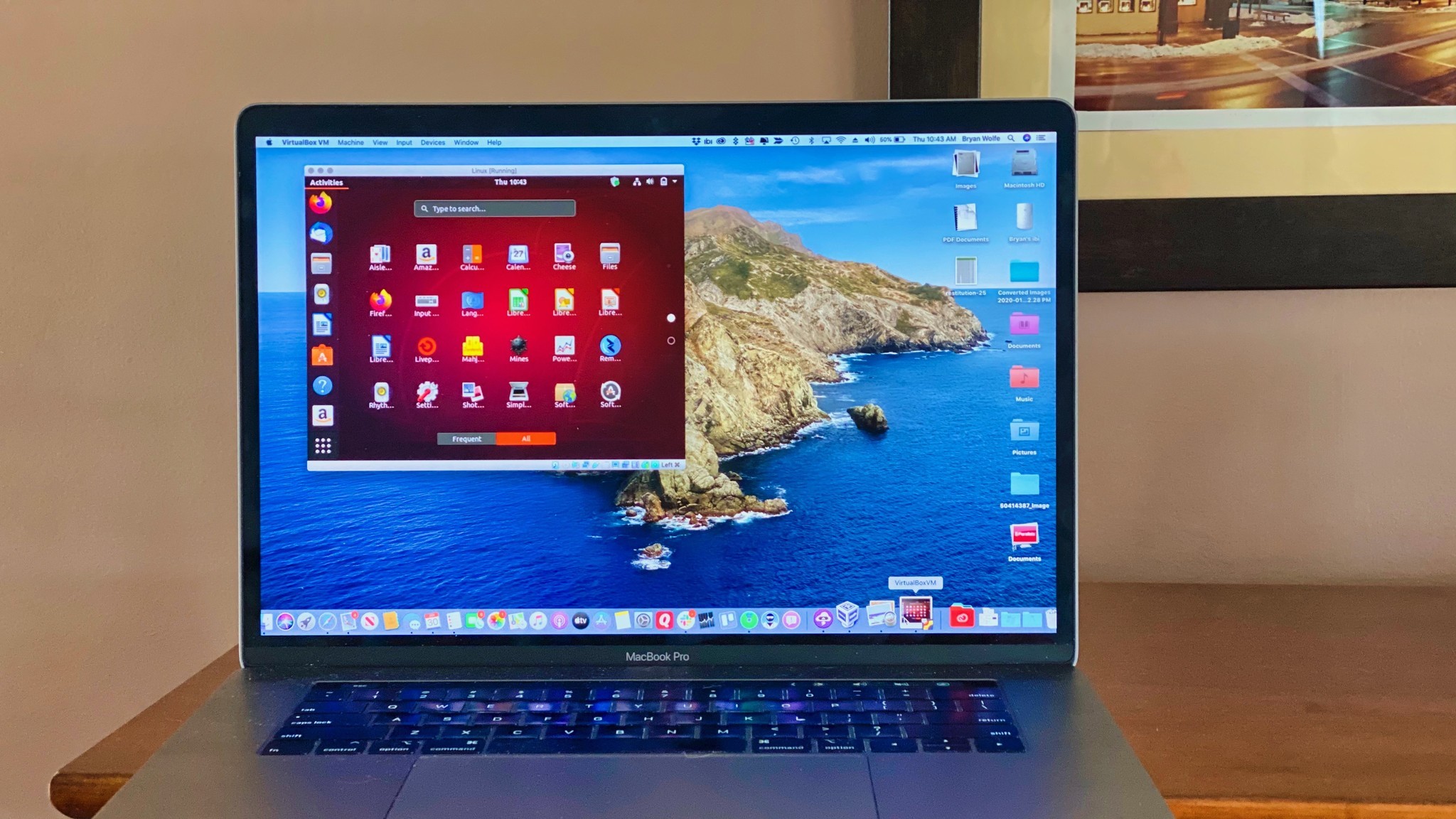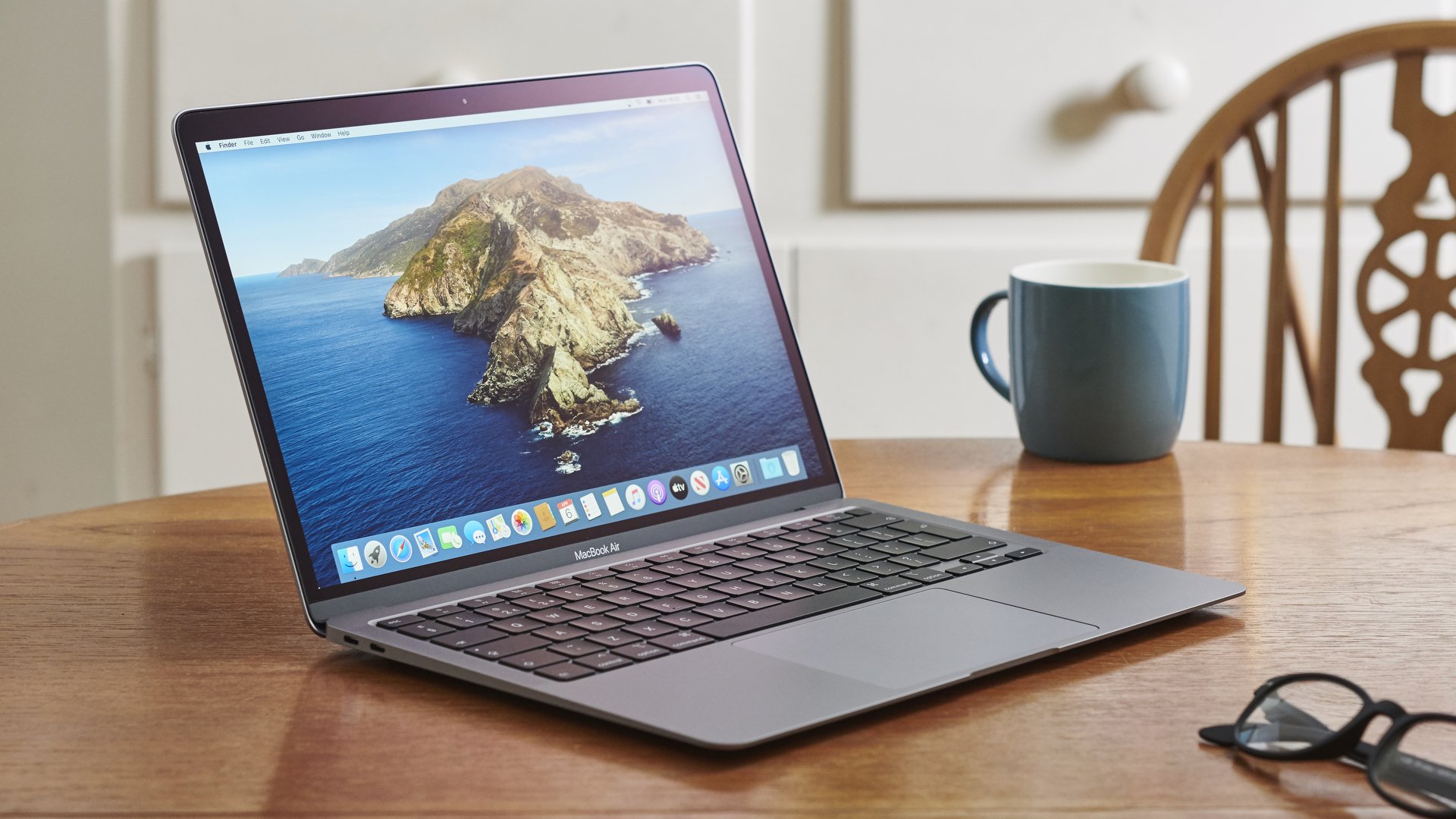
(mod edit: the solution to this long topic seems to be here: viewtopic.php?f=8&t=90446&start=75#p470879 from '63BottlesOfBeer': run the VirtualboxVM.app in low resolution)
It's not mentioned which MacBook Pro is being used, but it's a safe bet that the CPU is capable of VT-x but it may be disabled. I've checked a 2012 iMac, a 2017 MacBook Pro and a 2014 Mac mini and all had VT-x supported and enabled. Check if supported: To check if your Mac. Just upgraded from a MacBook Air I had for about 6 years to the 2020 version. I guess I just assumed it would have a standard USB port, so I wasn't looking into that aspect buying it. So am I just out of luck now that I see it changed to USB 4.0? Whatever the new ports are? The MacBook Air 2020 definitely can get hot. It may be even a little hotter than it would otherwise be as most of the tests I have done were in the first 2-3 days of having the laptop, so I’m hopeful overtime and maybe with some software updates it won’t get. Virtualbox has the option for a MacOS virtual machine in it’s New VM dialog, but we will need to make further adjustments to make it truly Mac-ready. Pop open Virtualbox, and Create a new Virtual Machine. Name this MacOS Mojave, and set it to Mac OS X (64. There seem to be three questions rolled into one here. First question: Can you install VirtualBox on the MacBook Air? Well, the VirtualBox website includes a download for OSX (a.dmg file): Downloads - Oracle VM VirtualBox So, yes, you can install.
Hi all, I have been using VirtualBox for one of my class project that requires Ubuntu. Recently I switched from a MacBook Pro late 2013 to a new MBP 2018, and I setup virtualbox with same settings on the new computer. However, what went perfectly fine on the old computer now becomes very sluggish on the new mac.I do not use VM for anything graphical rendering related, the vm is slow in basic moving around windows and typing (in terminal, Eclipse, anywhere) By sluggish I mean slow response of mouse moving, keyboard typing, worst is identify one keyboard input or mouse click as many repeated ones.
Here is the information for running VM on both machines:

1. This is very slow on typing and all interactions
VM: Version 5.2.22 r126460 (Qt5.6.3), no Guest Additions in guest
Host: macOS Mojave on 10.14.1 (64) on MacBook Pro (15-inch, 2018), 2.6 GHz Intel Core i7, 32 GB 2400 MHz DDR4, Intel UHD Graphics 630 1536 MB (with Radeon Pro 560X 4096 MB)
Guest: Ubuntu 18.04.1 LTS (64), Assigned 8192 MB Base Memory + 64 MB Video Memory, 2 core.
2. In comparison, This runs fine (older computer):
 VM: Version 5.2.22 r126460 (Qt5.6.3), no Guest Additions in guest
VM: Version 5.2.22 r126460 (Qt5.6.3), no Guest Additions in guestHost: macOS Mojave on 10.14.1 (64) on MacBook Pro (Retina, 15-inch, Late 2013), 2.6GHz Intel Core i7, 16 GB 1600 MHz DDR3, Intel Iris Pro 1536 MB (with NVIDIA GeForce GT 750M 2048 MB)
Guest: Ubuntu 18.04.1 LTS (64), Assigned 8192 MB Base Memory + 64 MB Video Memory, 2 core. (Same VM provided by my instructor)
I think the reason should point to how the newer model deal with rendering related to screen size.
3. I tried increasing or decreasing memory, VRAM, and processor, from default settings, the situation did not get better, but when I tried a exterior display (using DuetDisplay to extend to an iPad Air 2) the response of typing and moving mouse becomes fast.
4. Then I tried using it in window mode (small window, 1/4 size of screen), the performance got even better, almost the same as it is on my old mac)
I think it is an issue with VBox having to 'move too many pixels around' as mentioned in several posts I found, but essentially the two models have similar resolution and ppi (2880x1800, 220 ppi). Thus I think it should be a capability issue of VBox regarding to newer models of Macs.
Macbook Air 2020 Virtualbox Software
I could use small screen but my sights are not very good and I would really prefer a full-screen display with larger text to make my eyes a bit more comfortable..
The logs are in the attachment, I numbered them according to the orders in my post.
Hopefully there could be some solutions some day! If it really is a bug, I hope devs could solve it some day as well!
 Thank you very much to reading the post and looking for solutions! Wish you all a great day!
Thank you very much to reading the post and looking for solutions! Wish you all a great day!How to Get Windows 10 on a Macbook Air

If you want to have a Macbook and a Windows computer in one, there are ways to install Windows OS on a Mac. The first one is downloading and installing Windows with the help of Mac’s own Boot Camp Assistant. The second one is installing a virtualization app and then installing Windows inside that application. Popular virtualization apps for macOS are Parallels Desktop, VMware Fusion and VirtualBox. This articles will help you learn pros and cons of Boot Camp, VMware Fusion, VirtualBox and Parallels.
Virtualbox On Macbook Pro
Option 1: Download Windows 10 on a Macbook Air With BootCamp
Boot Camp comes with your Macbook for free, and it allows you to install Windows alongside macOS, so you can choose which of them to boot on startup. Mac’s Boot Camp Assistant will help you install Windows, partition the startup drive and install necessary drivers.
Hp flatbed scanners for mac. If you install Windows via Boot Camp, Windows will have all of your Macbook’s resources and can run programs with the maximum possible performance. That’s why dual-booting is ideal for running resource-intensive programs like video-editing software or high-end games.
On the other hand, only one operating system will be able to run at the same time, so you will have to reboot between them depending on which apps you need to run at the moment. Another possible drawback is fact that Windows and macOS use different file systems, and you will not be able to open Mac files on Windows or vice versa unless you install specific third-party drives for it. That is not a problem when using virtual machines.
Option 2: Run Windows 10 on a Macbook Without BootCamp, Using a Virtual Machine
Virtual machines allow you to install and open Windows 10 in a window on your Mac desktop. Windows will “think” it’s running on a real computer, when it is running inside an app. With virtual machines you run both macOS and Windows at the same time, which is handy if you want to open a single Windows program alongside your Mac applications. However, when you run a virtual machine, your computer’s resources are split between the two operating systems, so everything may run slower than usual.
Install Windows 10 on a Macbook Air With Parallels Desktop
Parallels Desktop is very intuitive and easy-to-use for regular computer users. The app will configure everything for you, even download Windows 10 or utilize the one you already downloaded via Boot Camp. You can open Windows in a separate window (including a full screen mode), or you can turn on Coherence mode. In Coherence mode the virtual machine will run in the background, while Windows programs can run alongside your Mac apps. You can even put Windows programs on your macOS desktop or pin them to Dock. Parallels Desktop allows you to copy and paste or drag and drop between Windows and macOS without any problems.
Parallels Desktop prices start at $79.99, however there is a free trial period available.
Get Windows 10 on a Macbook Air With VMware Fusion
VMware Fusion is another popular virtualization software for Macbooks. It is close to Parallels in terms of functionality and pricing, but VMware’s Fusion supports a larger number of operating systems than Parallels. On the other hand, Parallels is easier for beginners, and runs a little smoother. Otherwise, these two programs are approximately on the same level.
VMware Fusion offers a free trial period to its users, same as Parallels, so you may try both for free and decide which one you like better, before committing.
Install Windows 10 a Mac Via VirtualBox
Macbook Air 2020 Virtualbox Free
If you don’t plan to spend extra money on virtualization software, there’s always VirtualBox by Oracle. VirtualBox is a pretty decent free alternative to paid software if not slower, less polished and missing some handy functions. Check out for mac. If you need to run some resource intensive Windows programs, VirtualBox might not be the best choice for you. Download generals for mac free. VirtualBox also requires more technical knowledge than, for example, Parallels, as users need to tune some settings themselves when installing it. However, if you are a power user already or don’t mind doing a little more work, and you are not going to run latest Windows games or video-editing software, VirtualBox is a good (and free!) alternative.

Comments are closed.